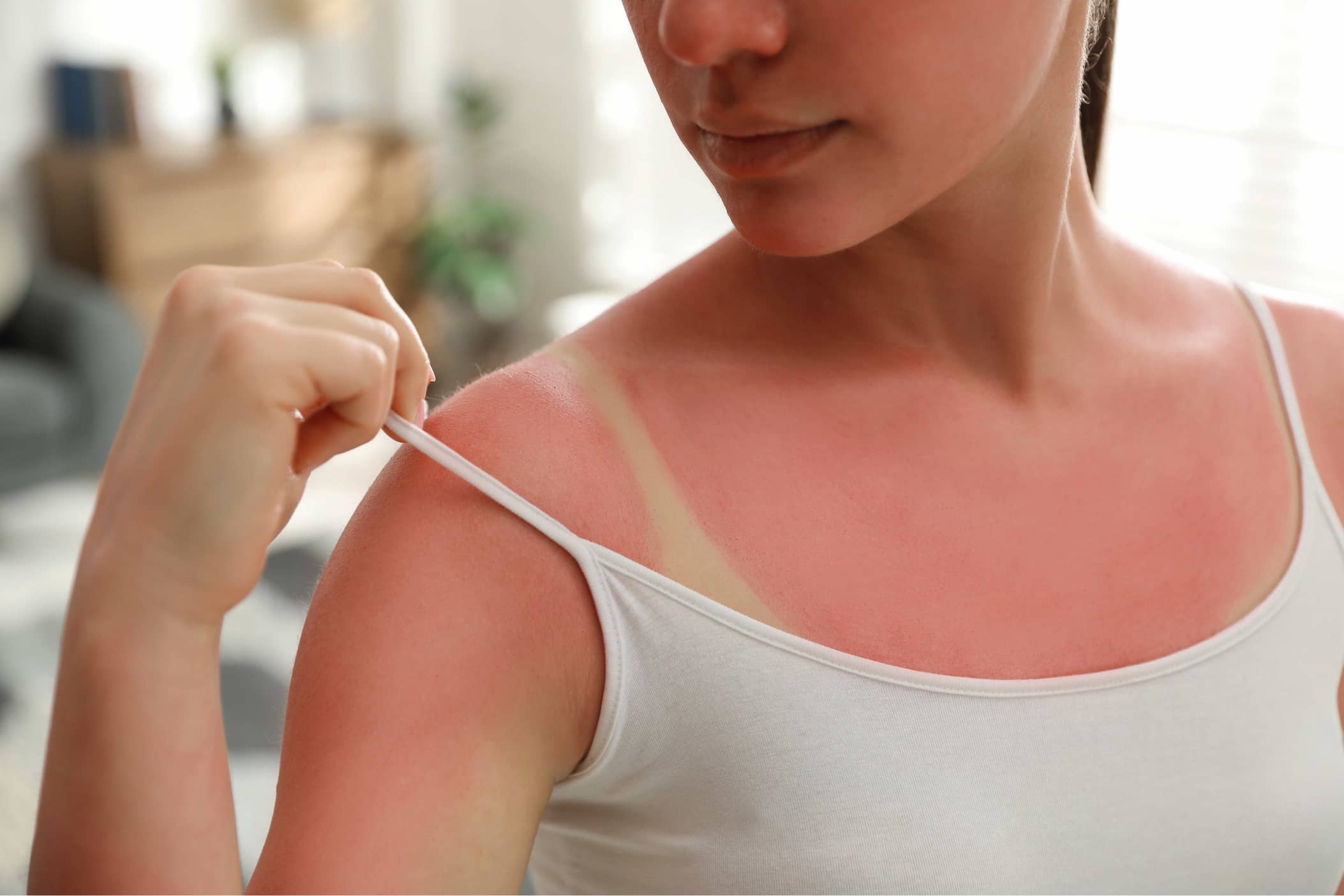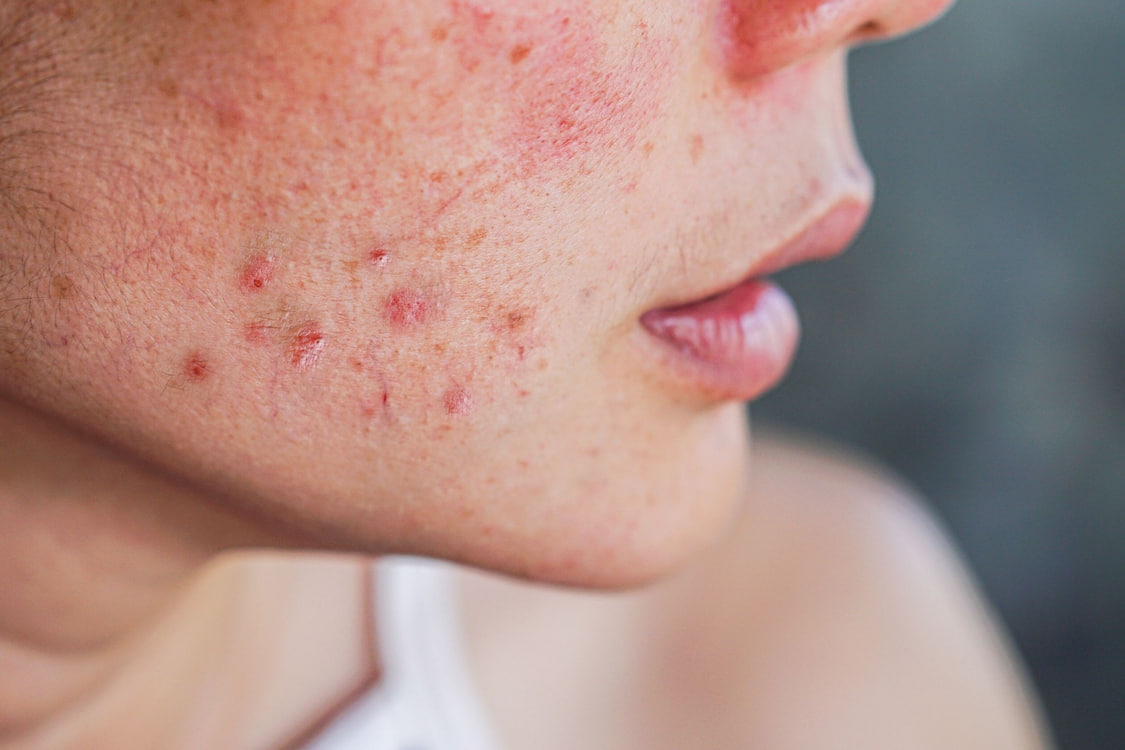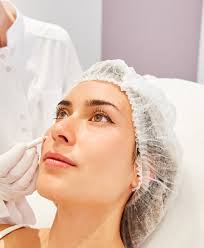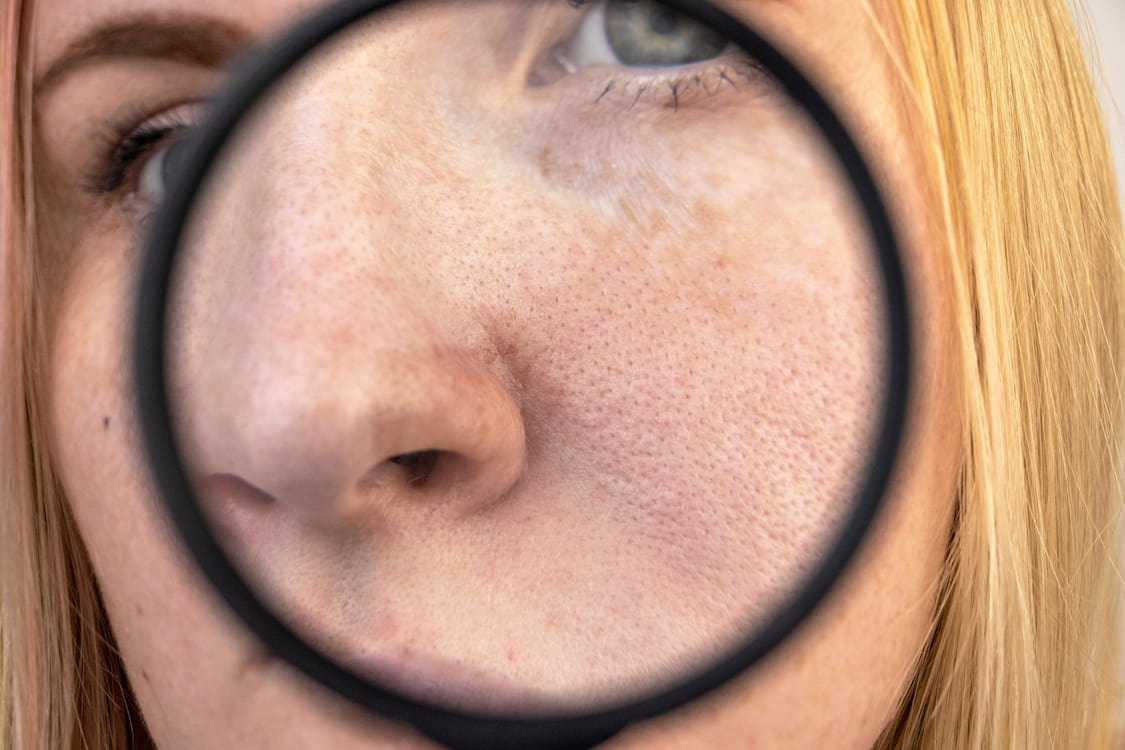
Large Pores on Face: What Causes Them and How to Treat Them
Pores are small openings on the surface of the skin that help our body regulate temperature and keep the skin hydrated. However, when they become enlarged and noticeable, it can cause concern and lower self-esteem. In this article, we will discuss what pores are, why they can become enlarged, and the most effective treatments for large pores on the face.
What are Pores?
Pores are small openings on the skin's surface that allow sweat and oil to pass through. The size of pores varies depending on a person's skin type, genetics, age, and environmental factors. While pores are necessary for the proper function of the skin, they can also become clogged, leading to issues such as acne and blackheads.
Pores are connected to hair follicles, and each pore contains a sebaceous gland that produces sebum, which is a natural oil that helps keep the skin moisturized. When too much sebum is produced, it can mix with dead skin cells and bacteria on the skin's surface, leading to clogged pores. This can result in a variety of skin issues, including acne, blackheads, and whiteheads.
There are two types of pores on the skin: oil pores and sweat pores. Oil pores, also known as sebaceous glands, are responsible for producing sebum, while sweat pores, also known as eccrine glands, are responsible for regulating body temperature by producing sweat. While oil pores are primarily located on the face, chest, and back, sweat pores are located all over the body. Understanding what pores are and how they function is essential for maintaining healthy skin and preventing issues such as acne and blackheads.
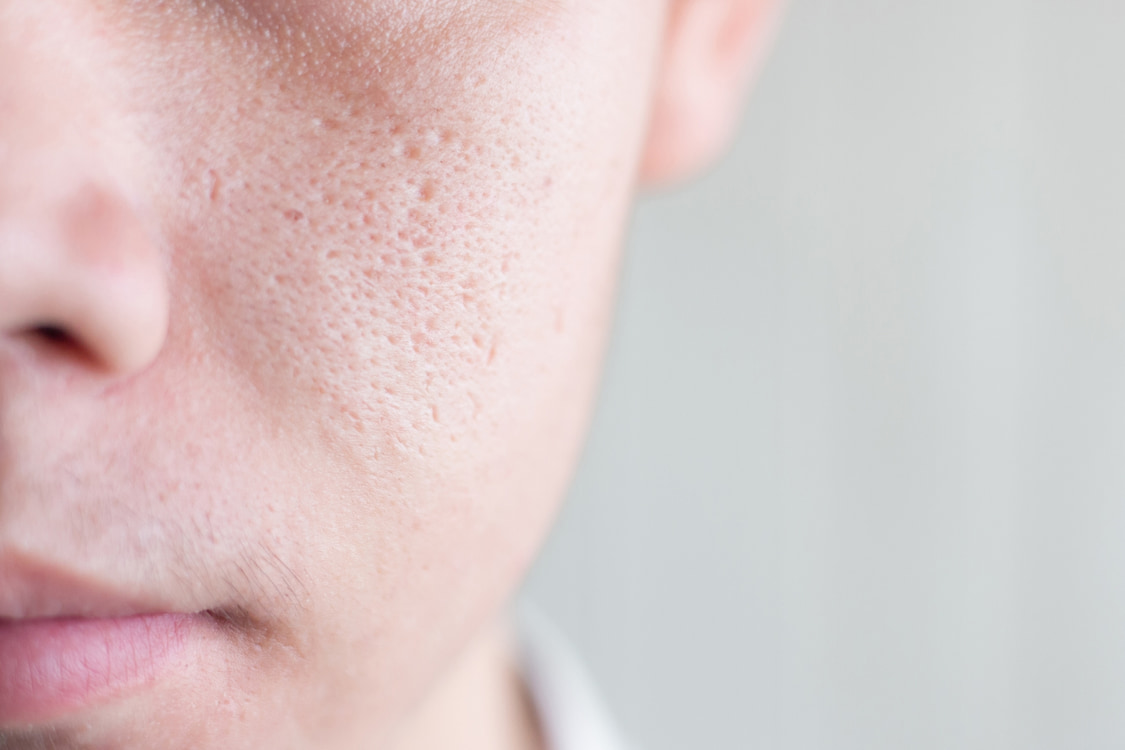
What Causes Large Pores?
Large pores on the skin can be caused by various factors such as genetics, age, and environmental factors like sun exposure and pollution. While some of these factors are out of our control, there are also lifestyle changes and skincare treatments that can help reduce the appearance of large pores. Effective treatments include regular exfoliation, retinoid use, chemical peels, laser therapy, and hydration. Consulting with a skincare professional is essential to determine the best treatment plan for your skin type and concerns. With the right regimen, you can achieve a smoother, more refined complexion.

Why are My Pores so Big?
Large pores on the face can be caused by a variety of factors, some of which are beyond our control. Genetics, for example, can play a role in determining the size of our pores. People with oily skin tend to have larger pores as their skin produces more oil, which can clog the pores and make them appear more prominent. Age is also a factor as the skin loses elasticity over time, causing pores to become more visible.
Other factors that can contribute to enlarged pores include sun damage, which can cause the skin to thicken and pores to appear larger, and hormonal changes during puberty and pregnancy, which can increase oil production and pore size. Using comedogenic skincare products, which contain ingredients that clog pores, can also lead to larger pores.
How to Treat Large Pores on the Face?
While there is no cure for large pores, there are several treatments available that can help reduce their appearance. Here are some of the most effective options:
Exfoliation
Exfoliation is the process of removing dead skin cells from the surface of the skin. Regular exfoliation can help prevent the buildup of oil and dirt in the pores, leading to a reduction in their size. There are a variety of exfoliation methods available, including chemical exfoliants such as alpha hydroxy acids (AHAs) and beta hydroxy acids (BHAs), as well as physical exfoliants such as scrubs and facial brushes.
Retinoids
Retinoids are a type of vitamin A derivative that can help unclog pores and reduce their appearance. They work by increasing cell turnover and preventing the buildup of dead skin cells, which can lead to clogged pores. Retinoids are available in both prescription and over-the-counter formulations, and they can be an effective treatment for acne as well as enlarged pores.
Chemical Peels
Chemical peels are a type of exfoliation that uses acids to remove the top layer of the skin. This can help to unclog pores and reduce their appearance. There are a variety of chemical peels available, ranging from mild to more aggressive formulations. It is important to consult with a skincare professional to determine the best type of peel for your skin type and concerns.
Laser Therapy
Laser therapy is a non-invasive treatment that uses light to stimulate collagen production and reduce the appearance of pores. This treatment can be effective for reducing the appearance of large pores and improving overall skin texture. It is important to consult with a skincare professional to determine the best type of laser treatment for your skin type and concerns.
Skincare Products
Choosing the right skincare products can also help reduce the appearance of large pores. Look for non-comedogenic products, meaning they do not contain ingredients that can clog pores. Ingredients such as salicylic acid, niacinamide, and tea tree oil are also effective in reducing oil production and unclogging pores.
Microdermabrasion
Microdermabrasion is a non-invasive procedure that uses a diamond-tipped wand to exfoliate the skin and remove the top layer of dead skin cells. This can help reduce the appearance of large pores and improve overall skin texture. This treatment is generally safe for most skin types, but it is important to consult with a skincare professional to determine if it is the right treatment for you.
Hydration
Keeping the skin hydrated is important for maintaining healthy skin and reducing the appearance of large pores. When the skin is dehydrated, it can produce more oil, leading to clogged pores and larger pores. Use a moisturizer that is appropriate for your skin type to keep your skin hydrated and healthy.
Healthy Türkiye Notes
Large pores on the face can be a frustrating issue, but there are a variety of treatments available that can help reduce their appearance. While some factors, such as genetics and age, are beyond our control, there are lifestyle changes and skincare treatments that can make a difference. Regular exfoliation, the use of retinoids, chemical peels, laser therapy, and hydration can all be effective in reducing the appearance of large pores. It is important to consult with a skincare professional to determine the best course of treatment for your skin type and concerns. With the right treatment and skincare regimen, you can achieve a smoother, more refined complexion.
